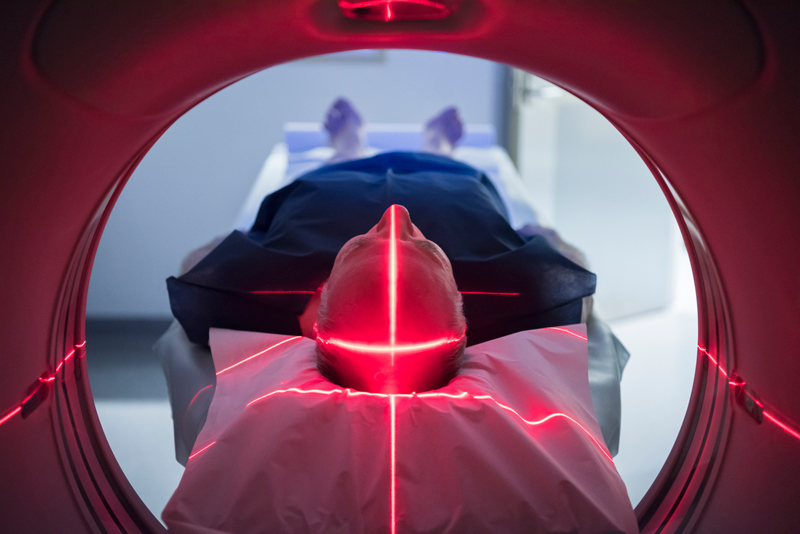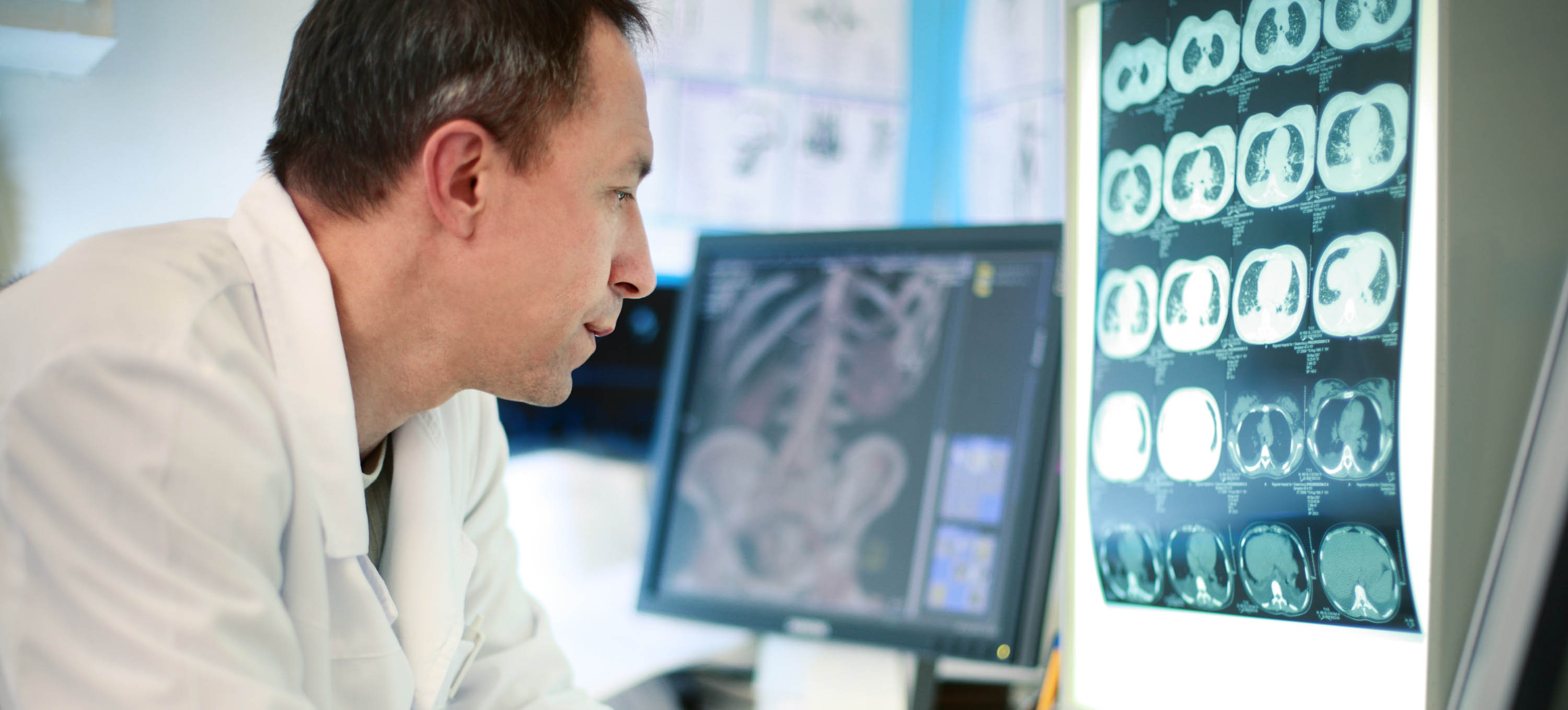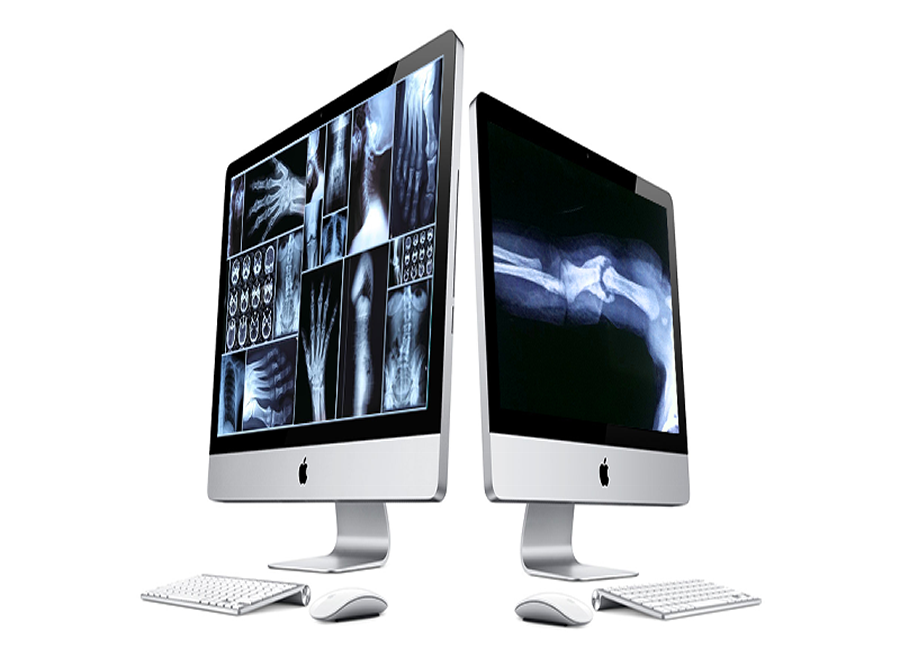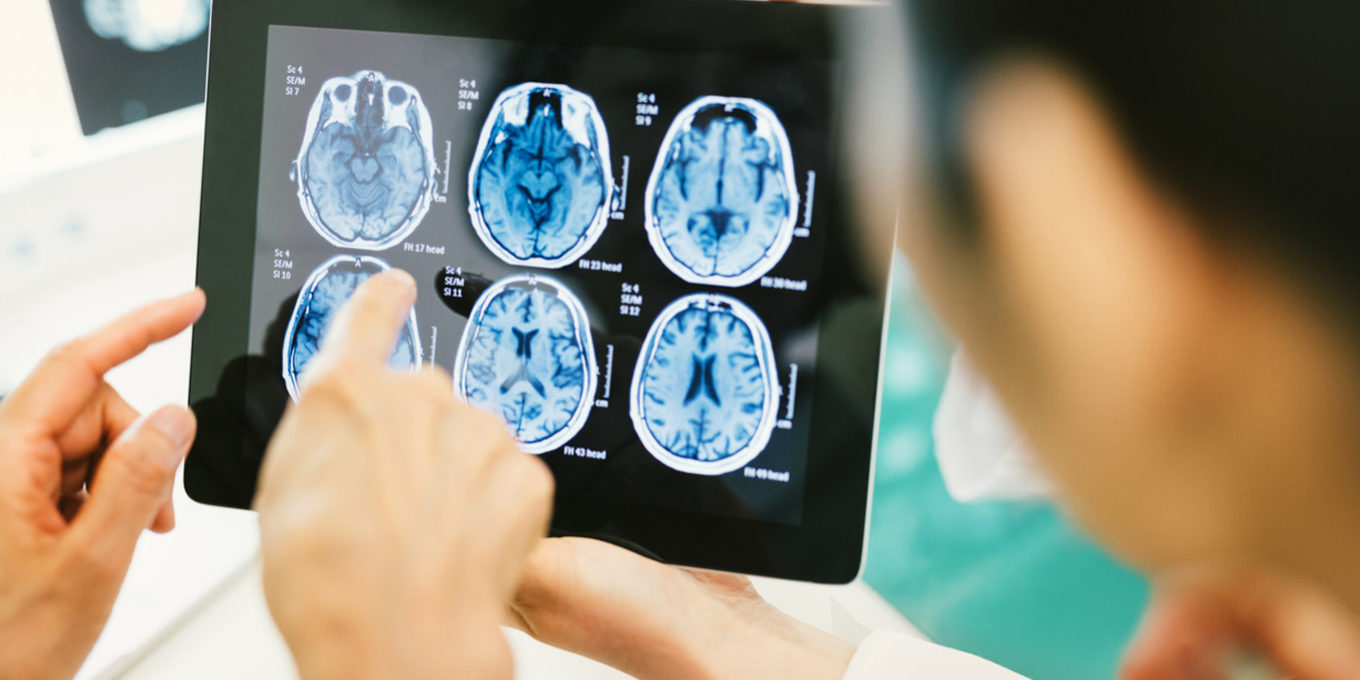The very essence of healthcare lies in understanding the complex relationship and interaction between various tissues – healthy and infected – and the energy emanating from these tissues. This basic idea of healthcare is not likely to see any major change in the foreseeable future. However, the manner in which these tissues are going to be studied, information drawn and understood is gearing up to see a major change in the next couple of years.
The world of healthcare and disease management is moving slowly but steadily towards the idea of prevention rather than prescription. The importance of having access to advanced quality healthcare is gaining ground. Being intrinsic to disease prevention and management, radiology plays a pivotal role in early identification of diseases and helps finding the right cure at the earliest. Radiologists form the first step of diagnosis, thus increasing their importance in saving lives manifold.
According to Dr. Tayo Denton, “Radiologists save lives. Image interpretation is the most visible contribution of radiologists. The population should be informed about the importance of diagnostic imaging.”
The Indian Radiology market is a highly fragmented and multi-segmented one. From private scanning centers to large diagnostic clinics, from hospitals to government health centers, the radiology market is quite fragmented. With less than 20% of the total healthcare delivered by the government sector, a large chunk of secondary care is catered to by the private diagnostic centers. However, in the last 5 to 6 years, there has been a considerable change towards corporatization of diagnostic centers. Moreover, it is estimated that the next decade can see up to 50% of total imaging centers belonging to chains of institutions. Additionally, the next few years are also likely to see a drastic change in the demand for equipment. The major players in the market are going to trade money for equipment that can be upgraded or scaled up rather than investing in new technologies that could be outdated soon. Going forward, the focus is going to be on affordable technology that can be made available to patients at reasonable price.
Radiology 2017 is slated to see a massive paradigm shift in every aspect of the profession – the tools used to diagnose, data analysis, and transfer of important information to all stakeholders and more. Let’s see what’s in store for diagnostic imaging and radiology.
1.Hybrid Imaging
Although not a new concept, hybrid imagining is being used extensively these days. Combining two or sometimes, more forms of imaging technologies to create a newer technique is called hybrid imagining. PET/CT, for example, as a newer addition to the oncological imaging has hugely improved cancer detection. These groundbreaking inventions have helped patients undergo imaging tests rather than exploratory surgeries. Additionally, hybrid imaging also helps reduce radiation exposure to both patients and caregivers, reduces the overall scanning duration, offers need-based imaging, and also improves accuracy.
New advancements in hybrid imaging have, particularly, helped detect early indications of cancer in patients. Digital chest tomosynthesis is considered to be a better diagnostic tool in identifying spots on lungs as compared to a normal chest X-ray. Moreover, Digital Breast Tomosynthesis is also proving to be a boon in detecting early signs of breast cancer than film mammography which is not quite useful in detecting cancer in women with dense breast tissue. PET/CT is also using specialized components such as amino acids to detect brain tumors which weren’t possible with standard imaging.
2.Reduce Radiation

The latest imaging technology is phase contrast x-ray imaging. When compared to the standard x-ray imaging based on attenuation, studies prove that phase contrast imaging has the capability to reduce radiation dose by 10-100 times due to the high-contrast images.
3.TeleRadiology

Having a qualified on-site radiologist or a sub-specialist at all times is not feasible for private centers or hospitals present in remote locations. Teleradiology is reducing the wait time for patients considerably, decreasing costs, improving accuracy of diagnosis, and aiding in treatment.
4.Real-time Reporting and MERR

MERR or Multimedia-Enhanced-Radiology-Reporting is a new technology that provides radiologists the ability to populate their reports with not only text but also key images, tables, quantitative analysis and also add bookmarks to navigate quickly.
In a study titled “Traditional Text-Only Versus Multimedia-Enhanced Radiology Reporting: Referring Physicians’ Perceptions of Value” conducted by the Emory University School of Medicine, nearly 80% of physicians interviewed believed that MERR would represent an improvement in radiology.
This form of reporting with clinically relevant information is going to prove highly useful for physicians make quicker and accurate diagnosis. A standard report usually has just a small paragraph containing the most basic information. However, with MERR it is easier to provide text along with correlating images, monitor progression/regression of diseases, and highlight major changes in treatment. Moreover, a report with images, graphs and text will make it easier for patients to understand their health condition better.
The field of healthcare and most importantly, radiology, has seen rapid growth thanks mainly to technology and innovation. Although the point that radiologists should broaden their knowledge, experience and break the ‘only-imaging’ constraint is stressed, the focus strongly remains on improving patient care and providing better diagnosis.


